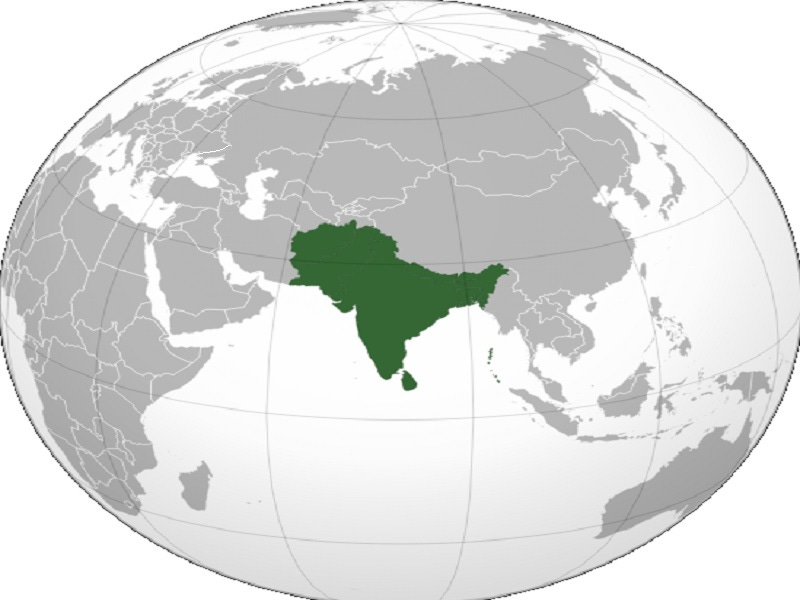China will always remain one of Russia’s top energy partners for economic, geographic, and political reasons, but Moscow doesn’t want to become dependent on exports to the People’s Republic, which is why it’s preemptively diversifying by betting big on South Asia in general and on India in particular.
Several interconnected developments this month prove that Russia’s energy industry is betting big on South Asia. In early June, Iran announced that it’ll form a gas hub together with Russia, Qatar, and Turkmenistan, which might see Moscow and Tehran swapping supplies to meet the needs of each other’s shared partners like India. This arrangement could also revive the Iran-Pakistan-India (IPI) gas pipeline if Islamabad has the political will or at least lead to an Iranian-Indian one with time.
On the topic of Pakistan, it just received its first-ever Russian oil tanker, which coincided with the first batch of LPG arriving overland from Afghanistan. Russia also hopes to eventually clinch a deal on the Pakistan Stream Gas Pipeline that’s been effectively frozen since April 2022’s post-modern coup. In the meantime, it’s reportedly in favor of reviving the Turkmenistan-Afghanistan-Pakistan-India (TAPI) pipeline and playing a major role in it too, whether with regards to its construction and/or supply.
Even if neither of those two pipelines ever see the light of day, India in and of itself is important enough of an energy partner for Russia to make its big bet on South Asia worthwhile. Russia nowadays supplies a whopping 42% of India’s crude oil and has plans to scale up its supply of LNG too. It’ll soon resume exports from its Yamal plant that were temporarily suspended late last year due to an unrelated sanctions issue and recently invited India to play a larger role in its Sakhalin projects as well.
India is therefore the indisputable centerpiece of the Russian energy industry’s future plans for South Asia, which they envisage including a Pakistani component (if Islamabad can muster the political will) and a Bangladeshi one too. These three countries are either rapidly growing economies like India and Bangladesh or have large untapped potential like Pakistan, not to mention to being home to around a quarter of humanity, which means that their energy needs will continue rising for the foreseeable future.
China will always remain one of Russia’s top energy partners for economic, geographic, and political reasons, but Moscow doesn’t want to become dependent on exports to the People’s Republic, which is why it’s preemptively diversifying by betting big on South Asia in general and on India in particular. From the Kremlin’s perspective, Russia’s literal fueling of India’s rise is expected to keep the global systemic transition on track by midwifing tripolarity prior to complex multipolarity (“multiplexity”).
In parallel with that, helping neighboring Pakistan meet its minimum energy requirements on the cheap can assist it in maintaining a level of socio-economic stability amidst that country’s potential bankruptcy and likely long-term recovery, which serves India’s national security interests. As for the Bangladeshi component of Russia’s regional energy strategy, it simply makes sense to supply this traditional partner with discounted resources too if tankers will already be transiting through the region to and from India.
The grand strategic trend is that Russia has wisely averted the scenario of becoming disproportionately dependent on China by preemptively diversifying its energy exports to South Asia, which also accomplishes the goal of literally fueling India’s rise in order to further accelerate multipolar processes. This newfound energy dimension of the Russian-Indian Strategic Partnership therefore has global implications, which thus imbues their bilateral ties with immense importance for shaping this century.




